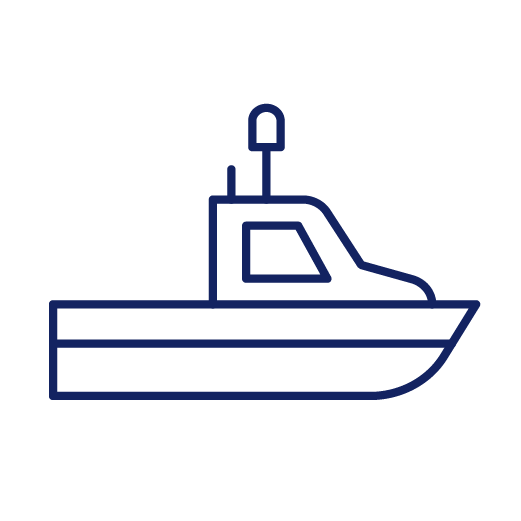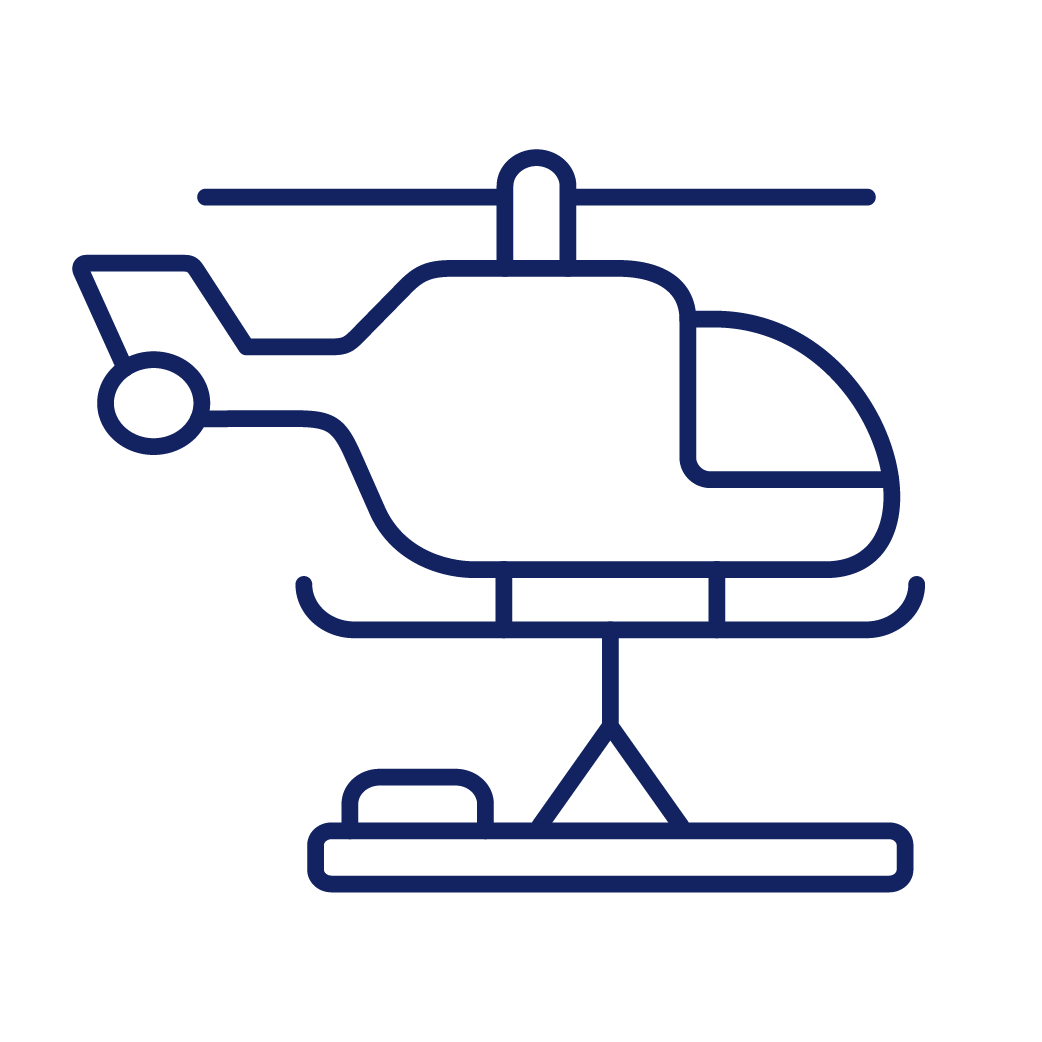We are responsible for a search and rescue region that covers approximately one-tenth of the earth’s surface, including Australia’s vast oceans and remote inland areas.
Our 24/7 Response Centre is equipped with high-tech SAR capabilities. Our search and rescue officers work closely with other agencies across Australia and internationally to coordinate and deliver effective SAR operations.
2024 search and rescue data
In 2024, we responded to 145 distress incidents across maritime, aviation and land environments. We assisted over 800 people and saved 399 lives.
 Maritime
Maritime
- 108 incidents
- 412 people assisted
- 377 lives saved
- 4 incident management teams activated
 Land
Land
- 25 incidents
- 51 people assisted
- 11 lives saved
 Aviation
Aviation
- 12 incidents
- 355 people assisted
- 11 lives saved
- Our Challenger SAR jets flew 763 hours on live search and rescue operations
- We delivered droppable stores in support of 20 incidents
We also work with the broader SAR community to strengthen the national system, support safety education, and develop proactive safety programs. The Australian SAR system is built upon strong collaborative relationships and formal arrangements. This construct allows us to provide an effective SAR service to anyone in distress, no matter where they are in the Australian SAR region.
Australia's search and rescue system
Australia is signatory to a number of international conventions under which we are required to provide SAR services.
Australia's size, sparse population, economic reliance on sea and air transport, and our active lifestyle present a range of challenges for meeting our SAR responsibilities. These challenges are often realised in Australia's very remote areas, and the vast oceans within our broader SAR region.
Australia must be able to respond wherever people venture, whether by boat, aircraft, vehicle or on foot, and provide an effective SAR service to anyone in distress.
Australia’s system is guided by the National SAR Council, which is committed to maintaining formal arrangements built on strong relationships to provide an effective SAR service.
Find out more about search and rescue arrangements in Australia and the history of search and rescue in Australia.
How we deliver our SAR response
We are obliged by the Australian Maritime Safety Authority Act 1990 to provide a SAR service for Australia. We provide this service through the Joint Rescue Coordination Centre (JRCC), located in our Canberra office.
As an international point of contact for Australian SAR, the JRCC receives distress alerts and either coordinates the response or transfers coordination to the responsible SAR authority.
The JRCC can also provide support for state authorities in meeting other national SAR obligations.